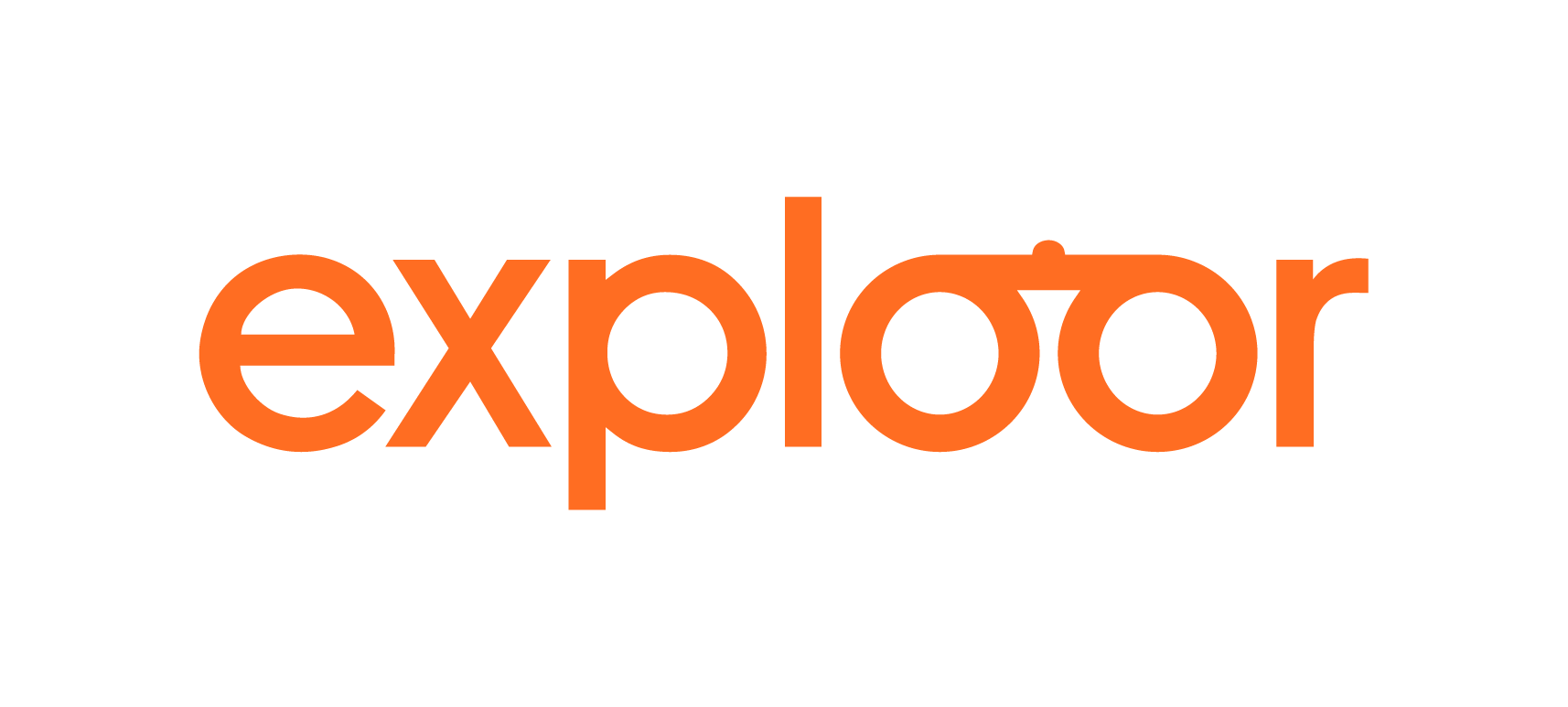
Peru is a wonderful destination filled with century-old Inca ruins, stunning landscapes, and charming towns.
If you are planning a trip to Peru, researching all the beautiful places you want to visit is likely on top of your to-do list. That said, one crucial thing that many travelers tend to overlook is understanding the local currency and the different places to exchange money.
Planning ahead, though, gives you the opportunity to quickly identify the places that offer fair rates and avoid having to deal with high exchange fees.
In this guide, you can get familiar with handling money in Peru, including valuable tips on where to exchange foreign currency and how to distinguish between real and counterfeit Peruvian money.
| Table of contents: |
What Currency is Used in Peru?
Peru’s official currency is the sol (S/) and the international currency code is PEN.
Peruvian sol banknotes come in denominations of 10, 20, 50, 100, and 200 soles. Coins have values of 1, 2, and 5 soles, along with 10, 20, and 50 centimos (cents).

This is what 50 and 100 Soles bills look like in Peru.
The amount of money you’ll need during your stay depends largely on the duration of your trip and the places you want to visit. While getting your Peru packing list all set is undoubtedly more exciting, being prepared for the financial side of things is important.
As a rule of thumb, avoid carrying large amounts of money with you, but make sure you have enough cash to cover your daily needs (e.g. food and visiting attractions). Read our guide on the cost of travel in Peru to be well prepared in advance.
US dollars are often accepted in bigger stores, restaurants, and hotels. However, this might not give you a good conversion rate, so it’s often best to exchange your currency for Peruvian soles.
Where To Exchange Money in Peru?
If there’s one thing you need to remember before changing money in Peru is to always check the exchange rate online beforehand. This will give you an idea of what you should be looking for. In addition, be sure to ask about any fees that they charge on top of the exchange rate.
Ultimately, knowing where to exchange money before you leave home can help you plan a perfect Peru trip in 5 minutes and ensure a hassle-free adventure.
Below, let’s walk through the five most common places to exchange foreign currency in Peru.
Changing Money at an Exchange House (Casa de Cambio)
Exchange houses/offices (also called Casas de Cambio), are going to be your safest – and easiest – bet when it comes to exchanging foreign currency for Peruvian sol.

In every big city in Peru, you’ll find money exchanges, locally known as “casas de cambio”.
They offer good rates, usually higher than the ones you’d get at banks or hotels. In most exchange offices in Peru, you will also have enough time and place to carefully examine and count the money.
Tip: Before you head out to a Casa de Cambio, be sure to compare rates offered by different exchange offices in the area to find the best rate.
Changing Money at the Airport
Changing money at one of Peru’s airports is possible but – just like exchanging currency at any airport around the world – it will come with a very low exchange rate (compared to the other money-changing options).
Generally speaking, if you’re in a hurry or need some cash right away, it’s best to use one of the ATMs located at the airport or exchange only a small amount of money. It is also good to know that you can pay for taxis from the airport in US dollars, too.
Changing Money at the Bank
Exchanging money at banks across Peru is a safe option. However, it is important to remember that lines at banks are often long and exchange rates are usually very low.
Changing money at a bank can be a good option for those looking for a safe, stress-free way to change money, as well as for those with a less-common currency.

You can exchange your money securely at money exchanges or banks.
At most Peruvian banks, you will also find ATMs where you can use your Visa, MasterCard, or credit card to withdraw money. That said, remember that each withdrawal comes with a transaction fee.
Note: It is recommended that you use ATMs inside banks, shopping malls, or stores whenever possible. Street ATMs are a common point of theft.
Changing Money in Supermarkets
Exchanging money in Peruvian supermarkets is more common than you might think.
Many larger banks have branches in (mostly high-end) supermarkets across the country that offer currency exchange. Two of the most popular supermarket chains with a money exchange office are Wong and Vivanda.

Apart from bank specific ATMs, often you can also find “Globalnet” ATMs, which accept debit and credit cards from all banks.
Changing Money with Cambistas
Cambistas (street money changers) are another way to exchange foreign currency during your Peru tour.
Street money changers can be found virtually everywhere (especially in tourist-dense locations) and typically offer good exchange rates.
Separating the shady money changers from the honest ones can be difficult if you’re a first-time visitor. It might be good to remember that cambistas who are officially registered with the municipality will carry proper identification and colored vests with a QR to help verify their registration.

Exchanging money with cambistas is very common in Peru, but you always have to be careful.
If you opt to change money with a street changer, inform yourself about the current rate beforehand and be wary of the banknotes you receive. In addition, be extra alert of your surroundings to minimize the risk of petty theft right after you’ve had the exchange.
How To Distinguish Between Real and Fake Peruvian Money?
If it’s your first time visiting Peru, spotting counterfeit sol banknotes can be difficult. Yet, learning to distinguish between real and fake soles is extremely important for ensuring a safe and pleasant trip.
To avoid counterfeit money, exchange money in a reputable location as soon as possible and familiarize yourself with the local currency. If you exchange your money on the street, make sure to verify your dollar bills so can avoid falling victim to travel scams.
Here is the most common way to verify your banknotes.
The Feel, Look, and Tilt Method
One of the best ways to verify soles is by applying the feel, look, and tilt method.

We recommend you try out the feel, look and tilt method so you know what we’re talking about.
The method was first introduced as a means to check if Euro banknotes are genuine or counterfeit. The method, however, has quickly gained popularity as it can easily be applied to other currencies as well, including the Peruvian sol. Here’s what you’ll want to do:
- Feel the note: genuine soles are made of cotton. This gives it a noticeably different texture and makes it more resistant than ordinary printer paper. When handling a genuine banknote, you should be able to feel the raised details of the printed images on the bill.
- Look at the note: hold the bill up to a light source and look for the watermark located on the blank area of the bill. On real notes, the watermark is formed by different thicknesses in the paper and is a key feature that most currencies have. On fake notes, the watermark is printed on and appears blurry.
- Tilt the note: tilt the banknote slightly and slowly move it up and down. On genuine notes, you should be able to notice that the ink changes color when turned.
What Should You Be Cautious Of?
Peru is a relatively safe country and the majority of travelers have experienced this vibrant and extraordinary culture trouble-free.
That said, just like traveling to any other country, it’s important to use your common sense and stay aware of your surroundings. In addition, always having small change with you and not being afraid to negotiate taxi prices are among the 11 things you should know before traveling to Peru.
In terms of money, the two most prevalent issues you may face are receiving counterfeit notes and not being able to use your banknotes if they have visible flaws.
Here’s what you need to know.

When looking for ATMs in Peru, we recommend you make sure sure that you’re in a secure environment.
Counterfeit Money
One recurring problem when it comes to handling money in Peru is fake bills (soles and dollars), especially in bigger cities and tourist locations. This is why you’ll likely see both merchants and consumers verifying the authenticity of money before accepting any payment or change.
Using the feel, look, and tilt money verification method is a good practice to adopt during your trip. Inspecting your currency is extremely common in Peru, so don’t hesitate to do that if you get a bill that seems suspicious.
Ripped Bills
It is not uncommon for banknotes (both soles and dollars) to be rejected due to flaws such as tears and wrinkles.
If you receive a damaged note after making a purchase, politely ask the cashier to exchange the bill for one that is in better condition. Be sure to do that before you leave the establishment. Otherwise, merchants may refuse to exchange your money.
If you happen to have banknotes in bad condition, you can exchange them at the National Bank of Peru.

We’ll be waiting for you to come visit us in Peru!
Ready for a Hassle-Free Adventure?
Peru offers travelers some of South America’s most fascinating cultural and historical experiences. Of course, as with anywhere else around the globe, it’s still essential to have your wits about you while traveling around the country. If you are interested in a customized Peru tour then read more about it in our blog post and what these tours consists of.
Looking for more tips? Here’s how to prepare for your trip to Peru and ensure an unforgettable adventure.



Amartya 1 April, 2024 at 7:58 pm
I have USD $20 banknotes. Will I be able to exchange them or do these exchange houses only accept USD $100 bank notes?
Konsti from Exploor Peru 2 April, 2024 at 9:18 am
Hello Amartya,
this is not an issue and you can also exchange USD $20 banknotes at the exchange houses or with the registered people on the streets.
Best,
Konsti
Sandeep 1 July, 2023 at 4:53 am
I have 500 Peru currency
And I want exchange…
Yoanna Torres 29 July, 2022 at 4:35 pm
Muy buena información, muchísimas gracias!
Timothy 27 July, 2022 at 8:40 am
Cool article exploor peru. Do you know if it’s possible to pay with Apple pay or any other apps?
Konsti from Exploor Peru 29 July, 2022 at 5:43 am
Hi Timothy!
Thanks for your kind words. It’s super difficult to pay with Apple pay in Peru and only certain restaurants are accepting this kind of payment. For that reason I would highly recommend to you to have some cash with you or go with one of the other payments.
Best,
Konstantin